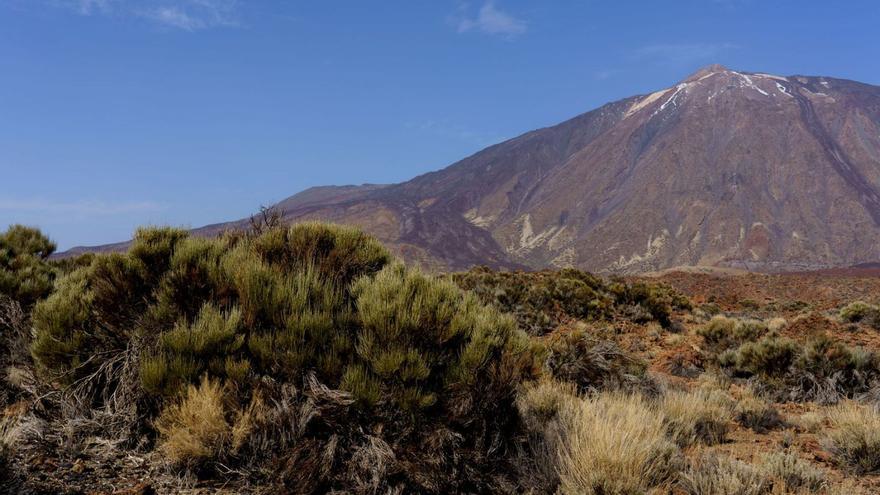
The Cabildo increases the protection of brooms in the Parque Nacional del Teide with a commission to build four new fences. They will make it possible to isolate plantations of specimens of the protected species and to eradicate herbivores in its interior perimeter. The multi-year investment to develop this initiative amounts to 1,400,000 euros until 2025.
Exclusion and planting fences are a necessary tool for the control of certain endangered species in the Teide National Park. This is the case of the broom. The insular president, Pedro Martín, points out that “it is a differentiating element of the Park that for some time now has been suffering a lot due to various factors that seriously threaten it.” Among them are, on the one hand, the effects of climate change and on the other, the presence of herbivores that directly affect their growth.
“Investments in species research cannot be resolved in the short term, emphasizes Martín, but there must be medium and long-term planning that can offer measurable results.” The installation of this type of infrastructure will help the development of new plants and control their growth in delimited environments.
Coordination with the Park
The president of the Cabildo values the management of the most important protected natural space on the Island, which also has the category of World Heritage by Unesco. To this end, he considers it a fundamental measure to establish “mechanisms, in accordance with the Park’s technical management, that guide the care and correct development of its biodiversity.”
For her part, the Minister of Natural Environment and Security Management, Isabel García, details that four fences will be built, two in El Cerrillar, one in Majúa, and a fourth in Cañada del Cedro. The installation of each of them will be completed with “carrying out mapping using drone orthophotos to assess the state of the vegetation and its evolution and growth.” Key data “in case it is necessary to plant new specimens,” said the counselor
Spartocytisus supranubius or Cytisus supranubius is a species of white-flowered broom native to Canary Islands. An endemic, protected and recovering species, it grows in high mountain areas, such as Las Cañadas del Teide, or on La Palma.
Woody shrub with many long branches adapted to the high mountain ecosystem, the broom has known many uses. In popular medicine, as a fodder plant for feeding goats, cows and sheep or the origin of one of the best Tenerife honey. Its firewood supplied the poorest population on the Island or allowed the production of charcoal as energy. A hallmark of Tenerife to protect.
The ‘Sustainability Corners’ receive 130,000 euros
The Official Gazette of the Province (BOP) published last Monday the announcement of the subsidy by the Department of Natural Environment Management for projects to be developed during this year that result in the conservation and improvement of the biodiversity of Tenerife under the name Generic of Corners of Sustainability. Foundations, associations, cooperatives, educational centers and non-profit non-governmental organizations that have been working on the Island for two years can opt for this aid, with a total of 130,000 euros and a period of 20 business days after the announcement. . Last November 2022, the Cabildo already awarded the subsidies for the Corners of Biodiversity program, an initiative that sought to contribute to renaturalize desertified or abandoned spaces. This first concession awarded 67,000 euros, distributed among the Terramare Recreational, Cultural and Sports Association, the Canarias Vida Silvestre Association, the Tenerife Mountaineering Group and the Good Samaritano Canary Islands Foundation. “The intention is to contribute, from the base of society, to recover spaces or to develop science, volunteering and participation projects”, indicated the counselor Isabel García at the time. | JDM















